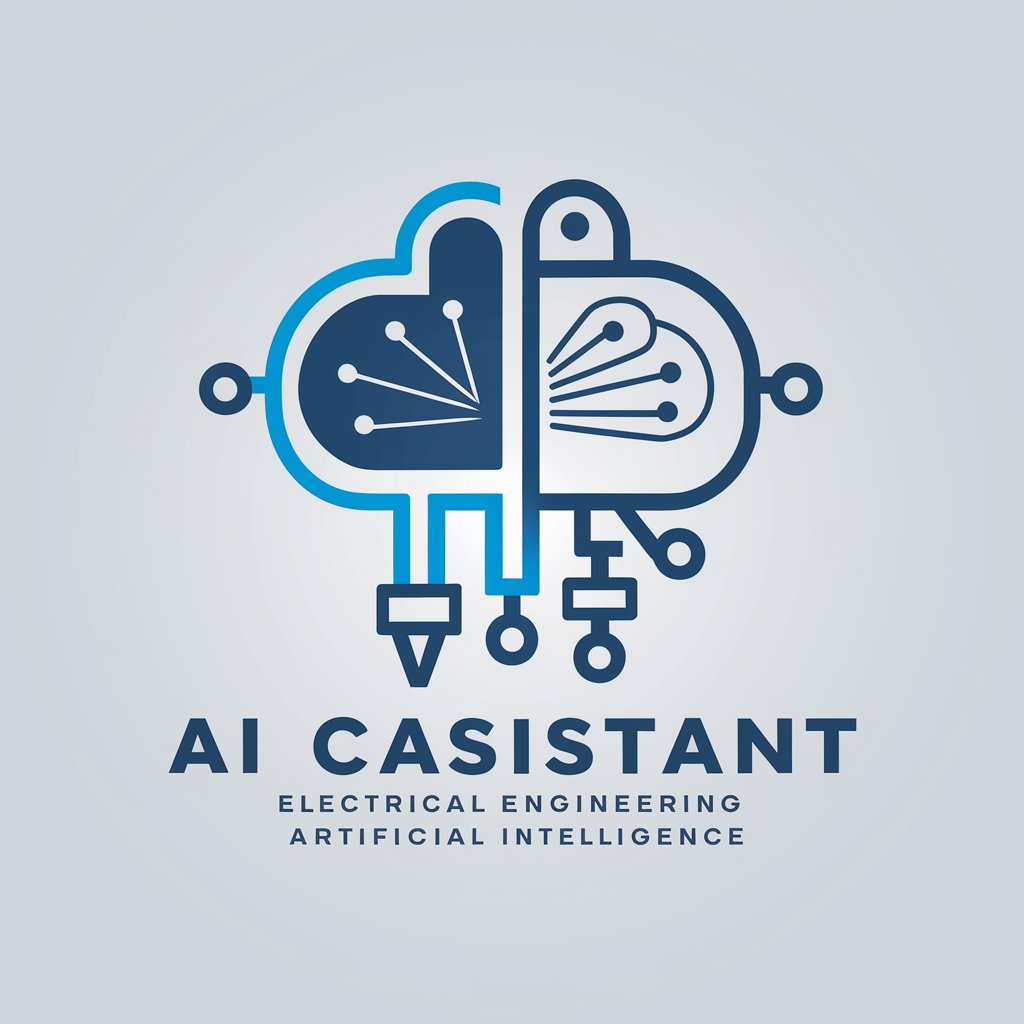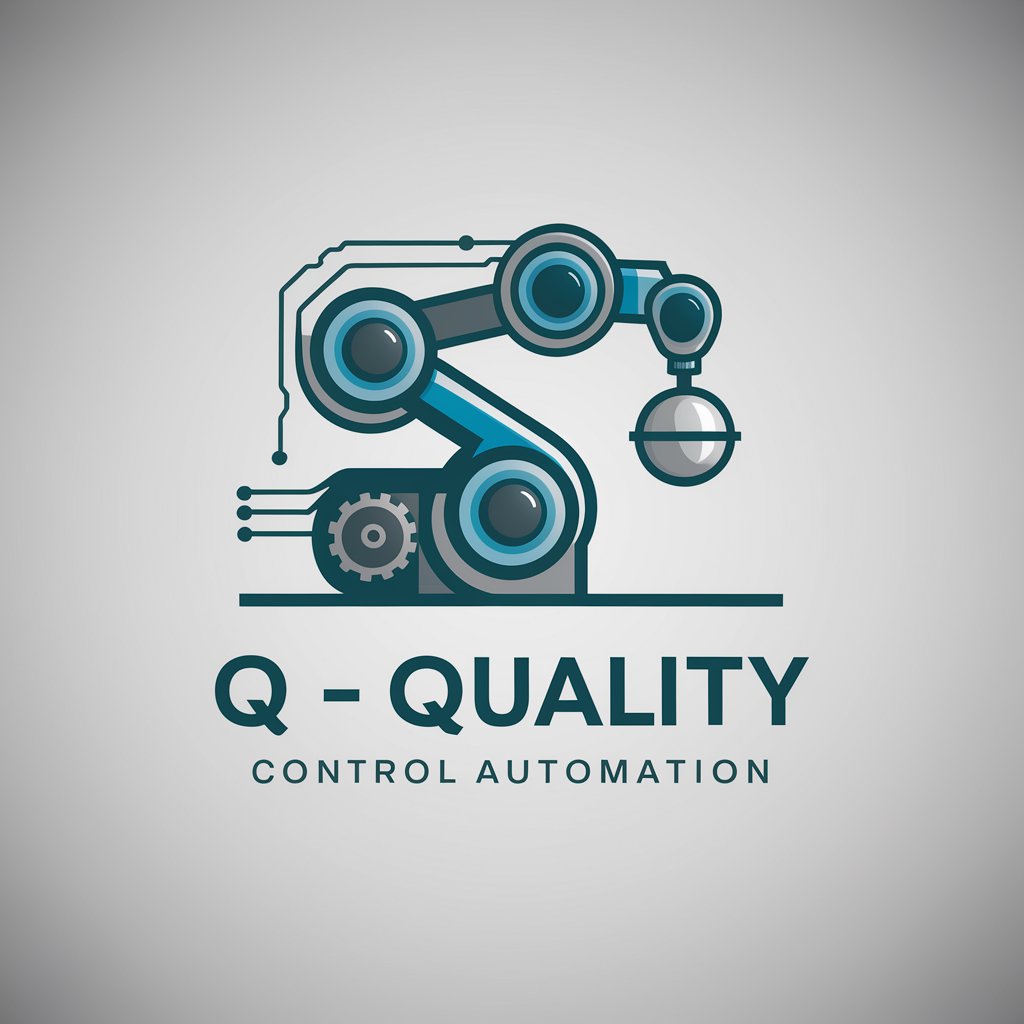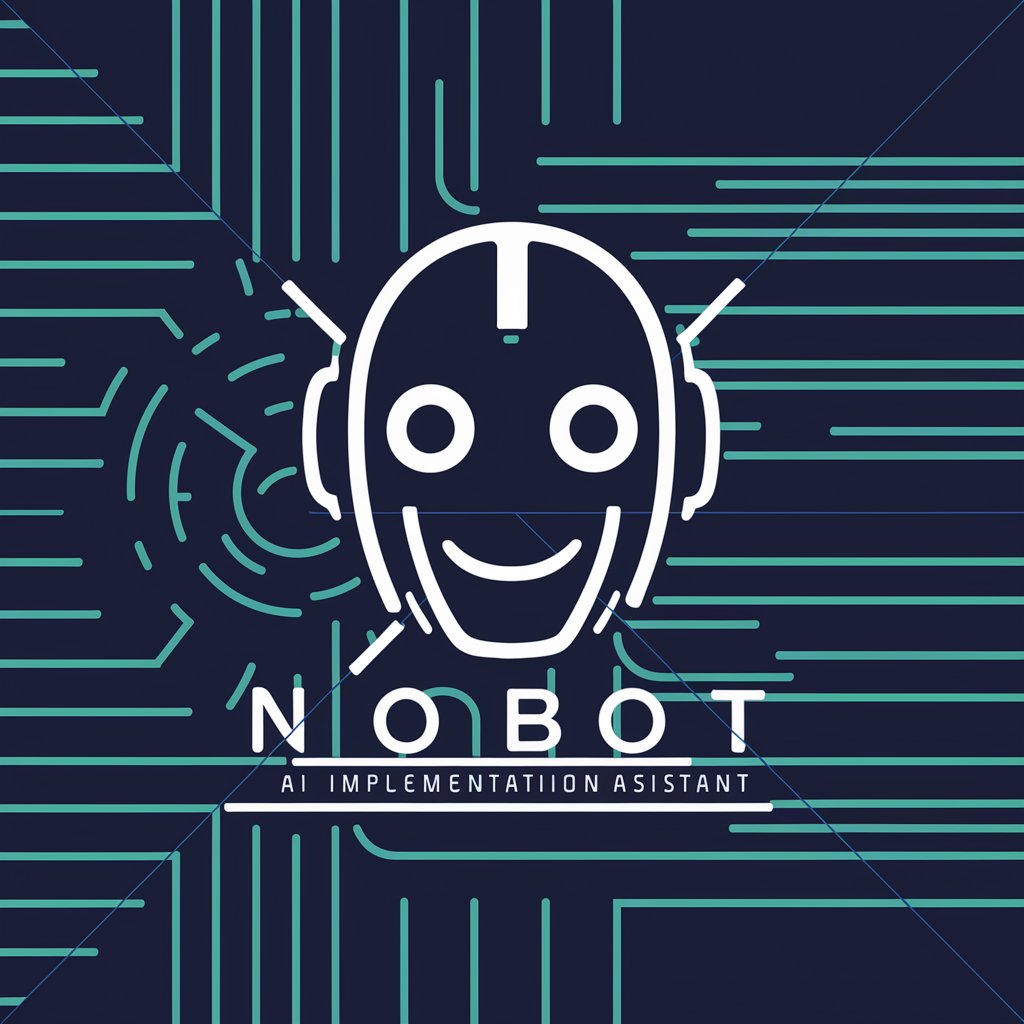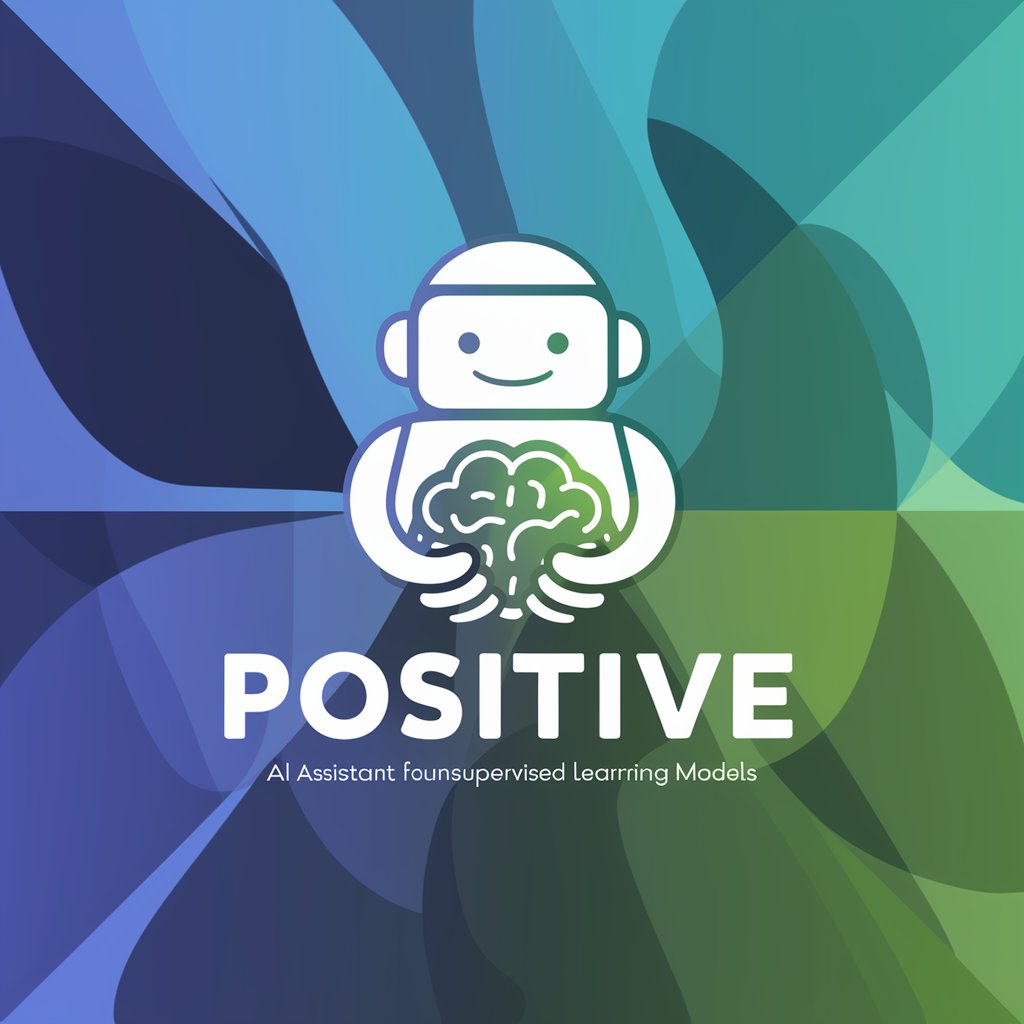5 GPTs for Defect Detection Powered by AI for Free of 2025
AI GPTs for Defect Detection are advanced machine learning models specifically designed to identify and categorize defects in various contexts, from manufacturing to software development. Leveraging the power of Generative Pre-trained Transformers, these tools analyze patterns and anomalies in data, providing precise, scalable solutions for detecting flaws. Their relevance lies in the ability to automate and enhance accuracy in defect identification processes, streamlining quality assurance and minimizing human error.
Top 5 GPTs for Defect Detection are: AI Electrical Engineer,Q,AI外観検査導入相談,Positive,Food Quality Inspector
AI Electrical Engineer
Empowering Electrical Engineering with AI

Q
Automating Excellence in Manufacturing

AI外観検査導入相談
Enhancing inspection accuracy with AI

Positive
Empowering Your AI Journey with Unsupervised Learning

Food Quality Inspector
AI-Powered Food Quality Insights

Essential Attributes of Defect Detection AI
AI GPTs for Defect Detection stand out for their adaptability across a range of complexities, from straightforward to intricate defect identification tasks. Key features include advanced pattern recognition, anomaly detection, real-time processing, and predictive maintenance capabilities. These tools are also distinguished by their learning capabilities, evolving with each dataset to improve defect detection outcomes. Moreover, some offer integration with technical support, web search functionalities, image analysis, and comprehensive data analytics, enhancing their utility and application in defect detection.
Who Benefits from Defect Detection AI?
AI GPTs for Defect Detection cater to a broad audience, including novices in technology, software developers, manufacturing engineers, and quality assurance professionals. They are particularly beneficial for those without coding expertise due to their user-friendly interfaces, while also offering advanced customization and integration options for users with programming skills. This accessibility enables a wide range of users to leverage AI for improving quality control processes.
Try Our other AI GPTs tools for Free
Production Efficiency
Discover how AI GPTs for Production Efficiency can transform your production processes with predictive analytics, automation, and data-driven insights for smarter decision-making.
Celebrity Profiles
Discover the power of AI GPTs for Celebrity Profiles, your go-to source for detailed, accurate, and customizable celebrity insights and content creation.
Simulation Testing
Discover how AI GPTs revolutionize Simulation Testing with dynamic, intelligent scenario generation, offering unparalleled efficiency and realism for developers and testers.
Dataset Noise
Discover how AI GPTs for Dataset Noise enhance data quality through advanced analysis and correction, making them essential tools for data-driven decision making.
Realistic Data
Discover how AI GPTs for Realistic Data leverage advanced machine learning to generate and analyze real-world-like information, providing tailored, accessible solutions for all.
Personalized Activities
Discover how AI GPTs for Personalized Activities revolutionize personal and professional tasks with tailored, adaptive AI solutions. Enhance your daily routine, learn, and grow with AI.
Beyond the Basics: AI in Defect Detection
AI GPTs for Defect Detection are transforming quality assurance across industries. Their ability to learn from data and adapt to new defect patterns enables a proactive approach to defect management. User-friendly interfaces and integration capabilities make these tools accessible and valuable for enhancing existing quality control frameworks, demonstrating the versatility and impact of AI in optimizing defect detection strategies.
Frequently Asked Questions
What is AI GPT for Defect Detection?
AI GPT for Defect Detection refers to the use of Generative Pre-trained Transformers in automatically identifying and categorizing defects across various sectors, enhancing quality control and reducing errors.
How do these AI tools identify defects?
These tools analyze data, recognize patterns, and detect anomalies using machine learning algorithms, continually improving through exposure to new datasets.
Can non-technical users utilize these AI tools effectively?
Yes, with user-friendly interfaces and minimal coding requirement, non-technical users can effectively use these tools for defect detection.
Are there customization options for developers?
Yes, developers can customize these tools, integrating them with existing systems and tailoring the AI to specific defect detection needs.
What makes AI GPTs unique in defect detection?
Their adaptability, learning capabilities, and comprehensive approach to pattern recognition and anomaly detection distinguish them in the field of defect detection.
Can these tools predict future defects?
Yes, some AI GPTs for Defect Detection are equipped with predictive analytics features, allowing for the anticipation of potential defects based on pattern recognition.
How do these tools integrate with existing quality assurance processes?
These tools can be seamlessly integrated into existing workflows, providing real-time analysis and feedback to enhance quality assurance strategies.
What sectors can benefit from AI-powered defect detection?
Manufacturing, software development, automotive, electronics, and any sector requiring stringent quality control can benefit from these AI-powered tools.